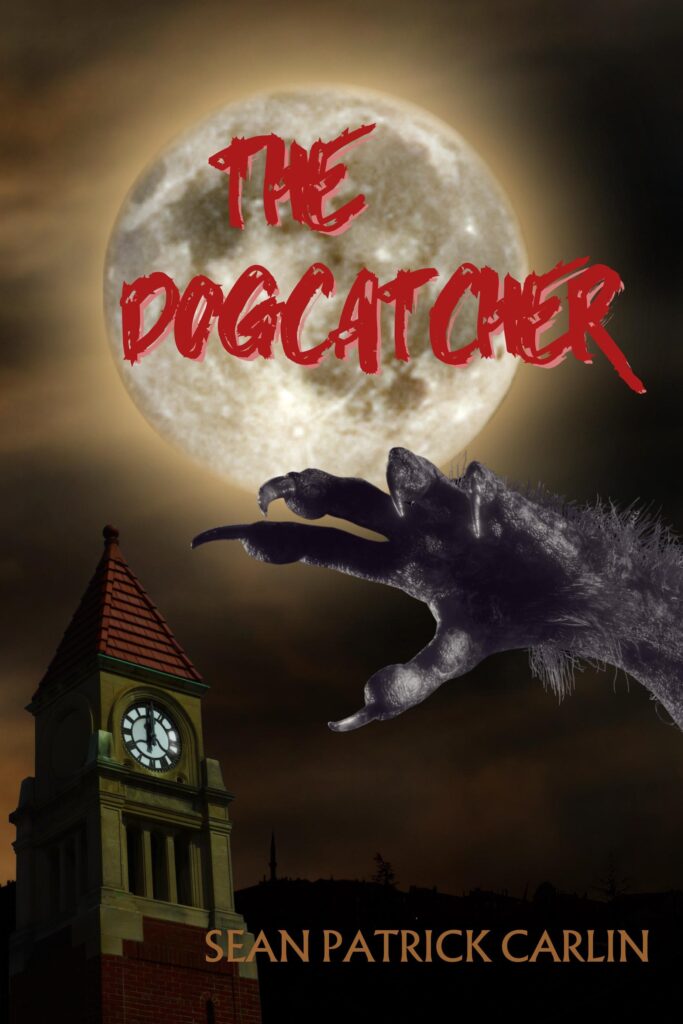Movies and TV shows—and this includes both your favorites and mine—mostly exist to remind us that ours is a man’s world. Popular entertainment in general, regardless of medium or genre or even the noble intentions of the storytellers, is almost invariably patriarchal propaganda. But it doesn’t have to be that way.
Since at least as far back as the adventures of Odysseus, men have used fantasy narratives to contextualize ourselves as the solitary heroic protagonist of the world around us—a world that would be appreciably better off if only our judgment weren’t questioned or our actions thwarted by those of inferior hearts and minds. In the Book of Genesis, God creates man from the dust, gives him dominion over the Earth, then provides him with a “helper”—Eve—who proves considerably less than helpful when she defiantly feeds from the tree of the knowledge of good and evil and spoils Paradise for everyone.
Such are the stories we’ve been hearing for literally thousands of years, and the reality we live in today is very much shaped by the presumption of patriarchy they propagandize. In 1949, this way of telling stories—the Hero’s Journey—was codified by comparative mythologist Joseph Campbell in The Hero with a Thousand Faces, and adopted by Hollywood as the blueprint for the blockbuster. From our Westerns (Dances with Wolves) to our policiers (Dirty Harry) to our space operas (Star Wars) to our spy thrillers (James Bond) to our teen comedies (Ferris Bueller’s Day Off) to our superhero universes (Iron Man) to our mob dramas (The Sopranos) to our sitcoms (Two and a Half Men), it’s a man’s world, baby—with the rest of you there to either support us or (foolishly) stand in our way.
It’s not that there’s anything inherently wrong with escapist entertainment. It isn’t fantasy the genre that’s the problem, or even the Hero’s Journey story model, but rather the near-universal underlying patterns and motifs in our popular fictions that have unconsciously supported—that have surreptitiously sold us—the fantasy of patriarchal hegemony. As such, white men in particular have been conditioned by these cultural narratives to see ourselves as the central heroic figure in the Epic of Me—even our storytellers themselves:
While accepting the award for Outstanding Directing for a Limited or Anthology Series or Movie for his work on The Queen’s Gambit, Scott Frank brushed off the “get off the stage” music not once but three times, reading a prepared speech from two full-length pages he’d shoved into his pocket and blowing past his allotted 45 seconds to speak for three minutes and 28 seconds—more than four and a half times as long as he was supposed to.
Viewers couldn’t have asked for a more perfect embodiment of white male privilege and entitlement as a visibly annoyed Frank reacted to the orchestra’s attempts to play him off by saying, “Really? No,” and making a dismissive hand gesture. The second time they started playing, he said, “Seriously, stop the music,” again waving his hand as if he were shooing away a fly and pressing on. The third time, he insisted, “I’m almost done.” Each time, when he commanded them to stop playing the music, they actually stopped the music. Who knew it was that easy?
Bonnie Stiernberg, “Those ‘Queen’s Gambit’ Emmy Speeches Epitomized Exactly What’s Wrong With Hollywood,” InsideHook, September 20, 2021
Whether we’re aware of them or not, men have certain expectations about how the world should work: that it should work for us. After all, God gave us, not you, dominion over all living things and natural resources on Earth. But when reality conflicts with those birthrights, we grow frustrated, and rather than questioning the stories we’ve been told about our place in the world, we tell more of the same self-mythologizing horseshit—to assure ourselves, and others, of our God-given entitlements, of our singular heroism. Consider, for example, the overwhelming popularity—ten entries and counting—of the testosterone-charged Fast & Furious franchise:
These films use the concrete landscape to assert individuality and a refusal to knuckle under to authority. With the exception of Brian and perhaps Roman, these inner-city car racers don’t want to be reintegrated into society. They race cars to gain status and money, to impress sexy women, and to defy the police—just like [celebrated American NASCAR driver] Junior Johnson and the Dukes of Hazzard. But, like the conformists and suburbanites they reject, they act like everything in nature exists to be consumed and exploited.
robin, “The Fast and Furious Films and Mad Max Fury Road,” Ecocinema, Media, and the Environment [blog], September 20, 2019
Dominic Toretto (Vin Diesel) famously makes his gang say grace before they eat, an utterly meaningless gesture since, unlike obeying the law, it costs him nothing to do so, yet it nonetheless speaks volumes about his patriarchal values. He and his crew aren’t enlightened antiheroes as they believe, merely entitled gearheads who proudly and explicitly live their lives “a quarter mile at a time,” because to think beyond that would require a sense of empathy for those outside their range of awareness, as well as compel a sober consideration for the long-term consequences of their, to put it generously, socially irresponsible behaviors.
(And if you’re inclined to dismiss Dom’s worldview as the patently absurd pseudophilosophy of a one-dimensional action-movie street racer—nothing worth taking seriously—it’s worth remembering that Facebook co-founder and CEO Mark Zuckerberg’s operating motto is “Move fast and break things,” which sounds like exactly the sort of iconoclastic rallying cry you’d expect to hear Dom growl… until you realize the thing Zuckerberg might’ve broken while becoming the fifth wealthiest person in the world is democracy itself.)
Continue reading

Recent Comments